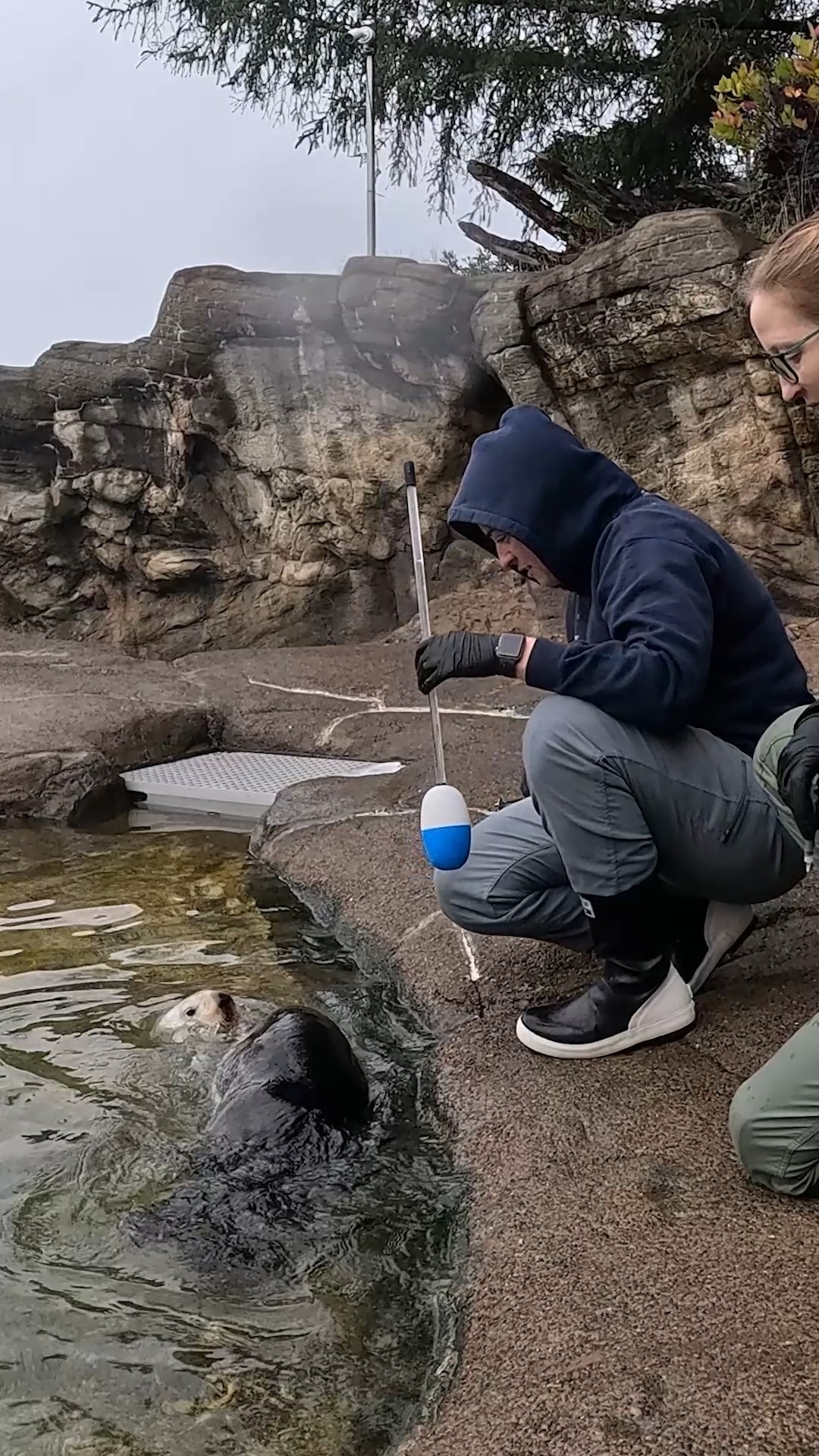- Desensitization training’s role in reducing animal stress and easing veterinary procedures
- Techniques used in desensitization training to familiarize animals with medical processes
- The collaborative efforts of veterinary professionals and trainers in wildlife conservation
- The importance of positive reinforcement in shaping animal behavior
- Enhancing animal welfare and health through innovative training methods
Desensitization training stands at the forefront of contemporary methods in enhancing animal welfare within zoos and conservation programs. By systematically reducing an animal’s stress response to stimuli associated with veterinary care, such training holds significance in both improving animal health outcomes and easing the procedural demands on veterinary staff. This approach, involving gradual exposure to medical tools and procedures without the associated distress, ensures animals can undergo necessary check-ups and treatments with minimal anxiety. In this exploration, we delve into how such training operates, its techniques, and its wide-reaching implications.
One illustrative example of desensitization training is observed with Schuster, guided by mammalogists and veterinarians during a structured session. Schuster, under the watchful guidance of Mammalogist Ashley and Dr. Anna, engages in activities that will gradually desensitize him to medical procedures. This involves asking him to perform simple behavioral tasks, such as holding a buoy target with his paws, while associating it with a sensation similar to what might be encountered during a veterinary procedure. Dr. Anna employs a blunted needle to mimic the sensation of a needle, allowing Schuster to become accustomed to this feeling. Through repeated and controlled exposure, animals like Schuster can recognize that these experiences are not threatening, thereby reducing their stress levels during actual medical engagements.
An essential component of successful desensitization training is the collaborative effort between animal trainers, veterinary professionals, and behavioral specialists. Such synergy is vital in implementing and refining strategies that effectively address the needs of each animal species involved. The process typically involves assessing individual animal temperaments and historical experiences, tailoring techniques to ensure optimal stress coping mechanisms are activated. This multidisciplinary team forms the backbone of the training session’s effectiveness, with each expert contributing their knowledge to achieve the shared goal of stress reduction.
A key technique employed in desensitization training is the concept of positive reinforcement. Whenever Schuster demonstrates bravery or cooperation during the mock procedure, he is rewarded with praise and food. This reinforcement solidifies the association between his actions and the subsequent reward, encouraging the repetition of such behavior. Positive reinforcement not only boosts immediate participation but also fosters longer-term behavioral habits and cooperation from the animals. Praise from trainers reinforces trust, making it more likely that animals like Schuster will readily engage in future training sessions and veterinary care.
The application of desensitization training is vital when it comes to enhancing animal welfare and health. By easing the process of veterinary procedures, animals experience less stress, which directly contributes to their overall well-being. When animals are less stressed, their physiological responses, such as heart rate and cortisol levels, are more stable, allowing for more accurate medical assessments and better health management. In the long run, desensitization training helps in building a cooperative relationship between zoo animals and their caretakers, contributing positively to conservation efforts and population health within managed wildlife settings.
Desensitization training represents a progressive step in zoo management and wildlife conservation strategies. It demonstrates how innovative training methods can play a crucial role in improving not just individual animal experiences, but also the broader conservation objectives. As zoos and conservation programs continue to evolve, approaches such as this one remain integral to advancing animal care standards while fostering a collaborative environment among the many professionals dedicated to this aim.
*****
Source Description
Good work, team! This session highlights desensitization training—while Mammalogist Ashley asks Schuster for a behavior (like holding a buoy target with his paws) Dr. Anna presses a blunted needle to his skin so he can get familiar with the process and sensation. Sessions like this help reduce stress during future vet check-ups or procedures, making the process more comfortable for everyone involved. Schuster gets plenty of praise and food to reward his participation and bravery!


